
Category: NVMe

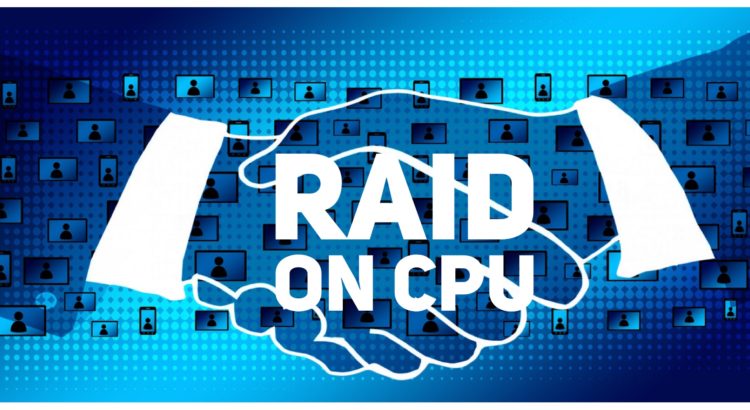
An FAQ on RAID on the CPU
A few weeks ago, SNIA EMEA hosted a webcast to introduce the concept of RAID on CPU. The invited experts, Fausto Vaninetti from Cisco, and Igor Konopko from Intel, provided fascinating insights into this exciting new technology.
The webcast created a huge amount of interest and generated a host of follow-up questions which our experts have addressed below. If you missed the live event “RAID on CPU: RAID for NVMe SSDs without a RAID Controller Card” you can watch it on-demand.
Q. Why not RAID 6?
A. RAID on CPU is a new technology. Current support is for the most-used RAID levels for now, considering this is for servers not disk arrays. RAID 5 is primary parity RAID level for NVMe with 1 drive failure due to lower AFRs and faster rebuilds.
Q. Is the XOR for RAID 5 done in Software?
A.Yes, it is done in software on some cores of the Xeon CPU.
Q. Which generation of Intel CPUs support VROC?
Read More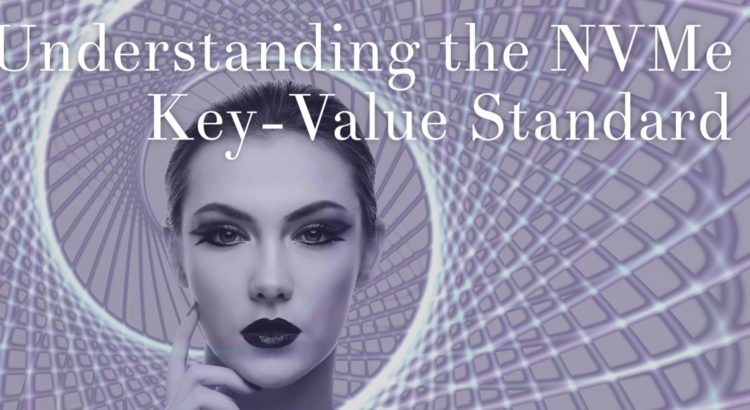
Understanding the NVMe Key-Value Standard

25 Questions (and Answers) on Ethernet-attached SSDs

Got SPDK Questions?
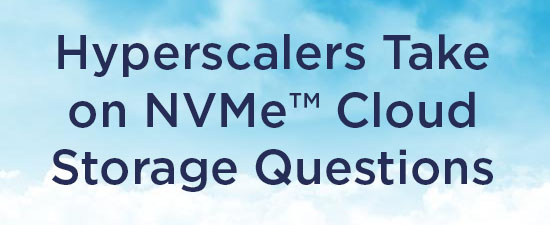
Hyperscalers Take on NVMe™ Cloud Storage Questions
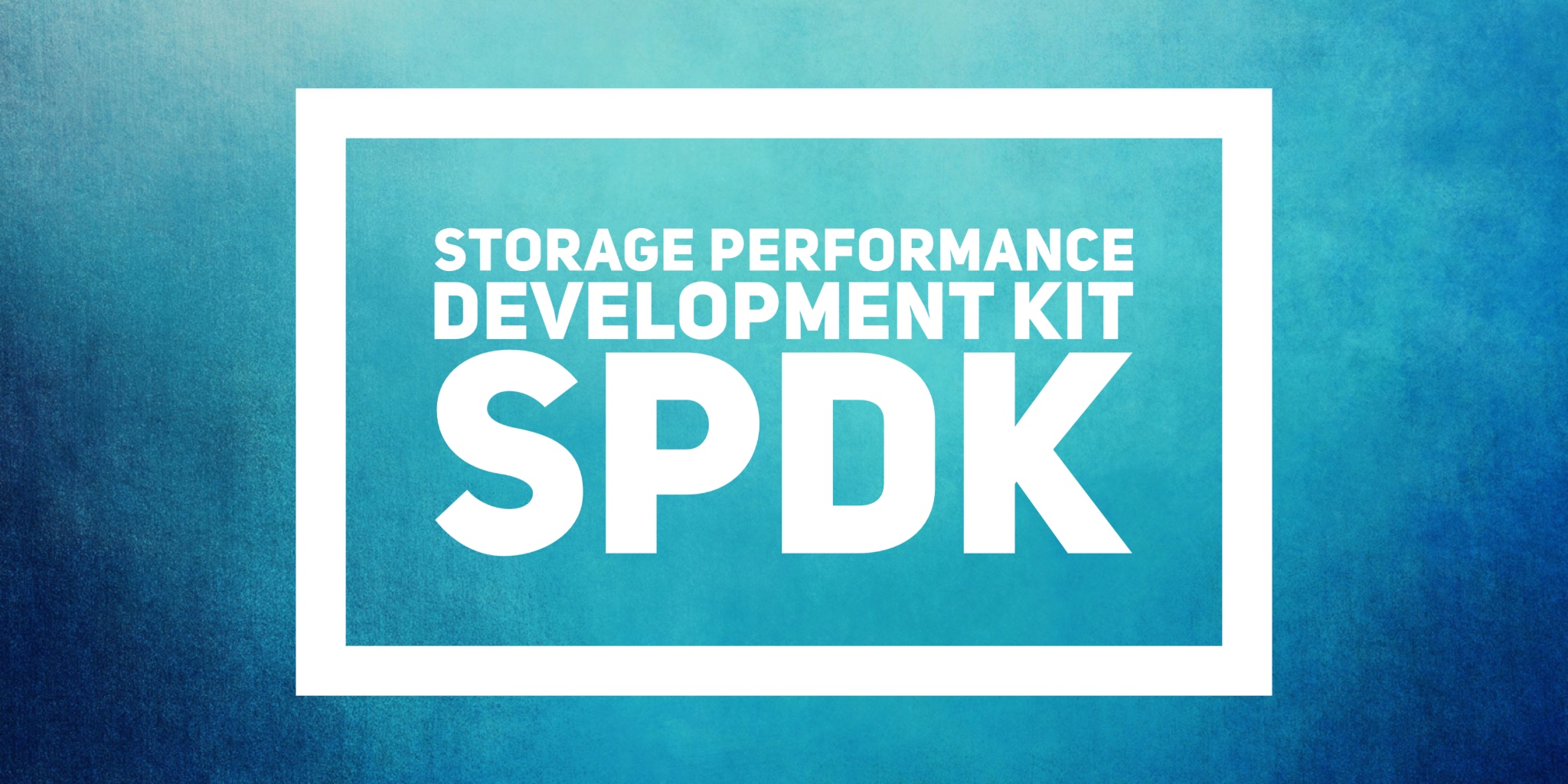
SPDK in the NVMe-oF™ Landscape
 . This includes software drivers and libraries for building NVMe over Fabrics (NVMe-oF) host and target solutions. On January 9, 2020, the SNIA Networking Storage Forum is going to kick-off its 2020 webcast program by diving into this topic with a live webcast “Where Does SPDK Fit in the NVMe-oF Landscape.”
Read More
. This includes software drivers and libraries for building NVMe over Fabrics (NVMe-oF) host and target solutions. On January 9, 2020, the SNIA Networking Storage Forum is going to kick-off its 2020 webcast program by diving into this topic with a live webcast “Where Does SPDK Fit in the NVMe-oF Landscape.”
Read More
How Facebook & Microsoft Leverage NVMe Cloud Storage
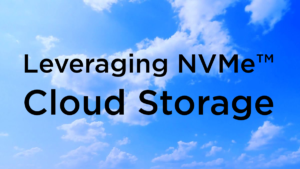 What do Hyperscalers like Facebook and Microsoft have in common? Find out in our next SNIA Networking Storage Forum (NSF) webcast, How Facebook and Microsoft Leverage NVMe Cloud Storage, on November 19, 2019 where you’ll hear how these cloud market leaders are using NVMe SSDs in their architectures.
Our expert presenters, Ross Stenfort, Hardware System Engineer at Facebook and Lee Prewitt, Principal Hardware Program Manager, Azure CSI at Microsoft, will provide a close up look into their application requirements and challenges, why they chose NVMe flash for storage, and how they are successfully deploying NVMe to fuel their businesses. You’ll learn: Read More
What do Hyperscalers like Facebook and Microsoft have in common? Find out in our next SNIA Networking Storage Forum (NSF) webcast, How Facebook and Microsoft Leverage NVMe Cloud Storage, on November 19, 2019 where you’ll hear how these cloud market leaders are using NVMe SSDs in their architectures.
Our expert presenters, Ross Stenfort, Hardware System Engineer at Facebook and Lee Prewitt, Principal Hardware Program Manager, Azure CSI at Microsoft, will provide a close up look into their application requirements and challenges, why they chose NVMe flash for storage, and how they are successfully deploying NVMe to fuel their businesses. You’ll learn: Read More
Key Value Storage – A Talk with Bill Martin of the SNIA Technical Council
 SNIA has a new specification in town – focused on key value storage. SNIA on Storage sat down with Bill Martin, Co-Chair of the SNIA Technical Council and Co-Chair of the SNIA Object Drive Technical Work Group, to understand why SNIA took on this project and what are the results.
SNIA has a new specification in town – focused on key value storage. SNIA on Storage sat down with Bill Martin, Co-Chair of the SNIA Technical Council and Co-Chair of the SNIA Object Drive Technical Work Group, to understand why SNIA took on this project and what are the results.
SNIA On Storage (SOS): Bill, thanks for taking the time to chat with us. To get started, can you tell me what key value storage is and how it relates to the Technical Work charter that SNIA undertakes?
Bill Martin (BM): Key value storage is a new method of storing data when compared to the traditional block storage method. You store a “Value” related to a “key (address)”, with the ability to then look up the value in the future using the “key” of the associated object. Read More
Author of NVMe™/TCP Spec Answers Your Questions
900 people have already watched our SNIA Networking Storage Forum webcast, What NVMe /TCP Means for Networked Storage? where Sagi Grimberg, lead author of the NVMe/TCP specification, and J Metz, Board Member for SNIA, explained what NVMe/TCP is all about. If you haven’t seen the webcast yet, check it out on-demand.
/TCP Means for Networked Storage? where Sagi Grimberg, lead author of the NVMe/TCP specification, and J Metz, Board Member for SNIA, explained what NVMe/TCP is all about. If you haven’t seen the webcast yet, check it out on-demand.
Like any new technology, there’s no shortage of areas for potential confusion or questions. In this FAQ blog, we try to clear up both.
Q. Who is responsible for updating NVMe Host Driver?
A. We assume you are referring to the Linux host driver (independent OS software vendors are responsible for developing their own drivers). Like any device driver and/or subsystem in Linux, the responsibility of maintenance is on the maintainer(s) listed under the MAINTAINERS file. The responsibility of contributing is shared by all the community members.
Q. What is the realistic timeframe to see a commercially available NVME over TCP driver for targets? Is one year from now (2020) fair?
Read More